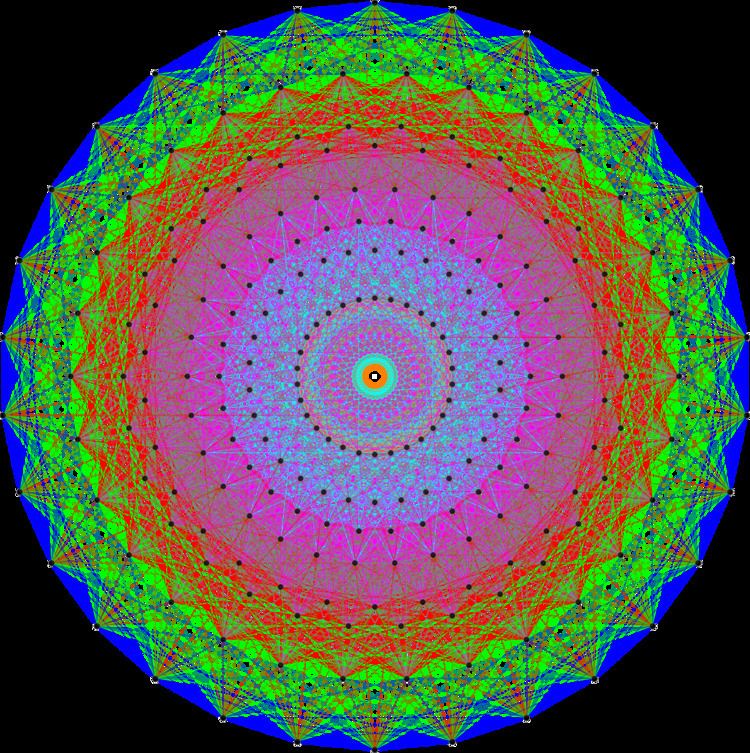In mathematics, the special linear Lie algebra of order n (denoted s l n ( F ) ) is the Lie algebra of n × n matrices with trace zero and with the Lie bracket [ X , Y ] := X Y − Y X . This algebra is well studied and understood, and is often used as a model for the study of other Lie algebras. The Lie group that it generates is the special linear group.
The Lie algebra s l 2 ( C ) is central to the study of special relativity, general relativity and supersymmetry: its fundamental representation is the so-called spinor representation, while its adjoint representation generates the Lorentz group SO(3,1) of special relativity.
The algebra s l 2 ( R ) plays an important role in the study of chaos and fractals, as it generates the Möbius group SL(2,R), which describes the automorphisms of the hyperbolic plane, the simplest Riemann surface of negative curvature; by contrast, SL(2,C) describes the automorphisms of the hyperbolic 3-dimensional ball.
The simplest non-trivial Lie algebra is s l 2 ( C ) . , consisting of two by two matrices with zero trace. There are three basis elements, e , f , and h , with
e = ( 0 1 0 0 ) f = ( 0 0 1 0 ) and h = ( 1 0 0 − 1 )
The commutators are
[ e , f ] = h , [ h , f ] = − 2 f , and [ h , e ] = 2 e
Let V be a finite irreducible representation of s l 2 , and let v be an eigenvector of h with the highest eigenvalue λ . Then,
[ h , e ] v = h e v − e h v = 2 e v
or
h e v = ( λ + 2 ) e v
Since v is the eigenvector of highest eigenvalue, e v = 0 . Similarly, we can show that
h f v = ( λ − 2 ) f v
and since h has a lowest eigenvalue, there is a N such that f N v = 0 . We will take the smallest N such that this happens.
We can then recursively calculate
e f k v = ( − k 2 + ( λ + 1 ) k ) f k − 1 v
and we find
e k f k v = k ! h ( h − 1 ) . . . ( h − k + 1 ) v
Taking k = N , we get
0 = e N f N v = N ! h ( h − 1 ) . . . ( h − N + 1 ) v
Since we chose N to be the smallest exponent such that f N v = 0 , we conclude that λ = N − 1 (for example by writing 0 = e f N v = ( − N 2 + ( λ + 1 ) N ) f N − 1 v ). From this, we see that
v , f v , ... f λ v
are all nonzero, and it is easy to show that they are linearly independent. Therefore, for each N , there is a unique, up to isomorphism, irreducible representation V of dimension N spanned by elements v , f v , ... f λ v .
The beautiful special case of s l 2 shows a general way to find irreducible representations of Lie Algebras. Namely, we divide the algebra to three subalgebras "h" (the Cartan Subalgebra), "e", and "f", which behave approximately like their namesakes in s l 2 . Namely, in an irreducible representation, we have a "highest" eigenvector of "h", on which "e" acts by zero. The basis of the irreducible representation is generated by the action of "f" on the highest eigenvectors of "h".

